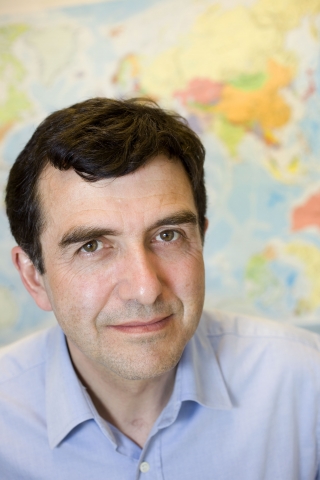Coordinated Action on Human-to-Human Transmission of Respiratory Viruses (CA51)
This Coordinated Action focuses on the transmission of respiratory viruses. Its objective is to study the formation and emission of infectious respiratory particles by expulsion or exhalation, their transport, inhalation, modes of respiratory system infection, human-to-human transmission in populations, and the associated preventive methods.
Last updated on 11 March 2024
In brief
This Coordinated Action calls upon on expertise from a wide range of discipline, including biophysics, biochemistry, virology, immunology, mathematical modelling, demography, anthropology, epidemiology, climatology, psychology, health economics, and the humanities and social sciences.
Activities
Origin: This Coordinated Action was established following the restructuring of the Coordinated Action on Transmission, which had been initially designed to develop projects in response to the COVID-19 pandemic.
It aims to bring together expertise in the field and provide a forum for scientific reflection in order to foster the development of collaborative and interdisciplinary projects, which are based on innovative approaches and methodologies, as part of a broader participatory approach.
Chair and Co-Chair
ANRS MIE coordination
Cécile Peltékian, Guia Carrara (Department of Basic Research)
Véronique Doré, Sandrine Halfen, Audrey Dumas (Department of Research in Public Health and the Human and Social Sciences)
Members
Coming soon
Workgroups
WG1: Pathophysiology of respiratory virus transmission – Coordination: Caroline Goujon, Arnaud Fontanet
The objectives of this workgroup are to understand the biophysical, viral and molecular components of respiratory virus transmission, and to develop and validate models for existing viruses that can be used for the next emergence.
WG2: Strategies and interventions to control respiratory viruses – Coordination: Jocelyn Raude, Arnaud Fontanet
The objectives of this workgroup are to identify the determinants of respiratory virus transmission in the general population and to evaluate interventions for reducing their impact.
WG1 and WG2 differ in terms of level of study – individual forWG1 and interventional for WG2; and nature of research – mechanistic for WG1 and interventional for WG2.
Members of the workgroups




